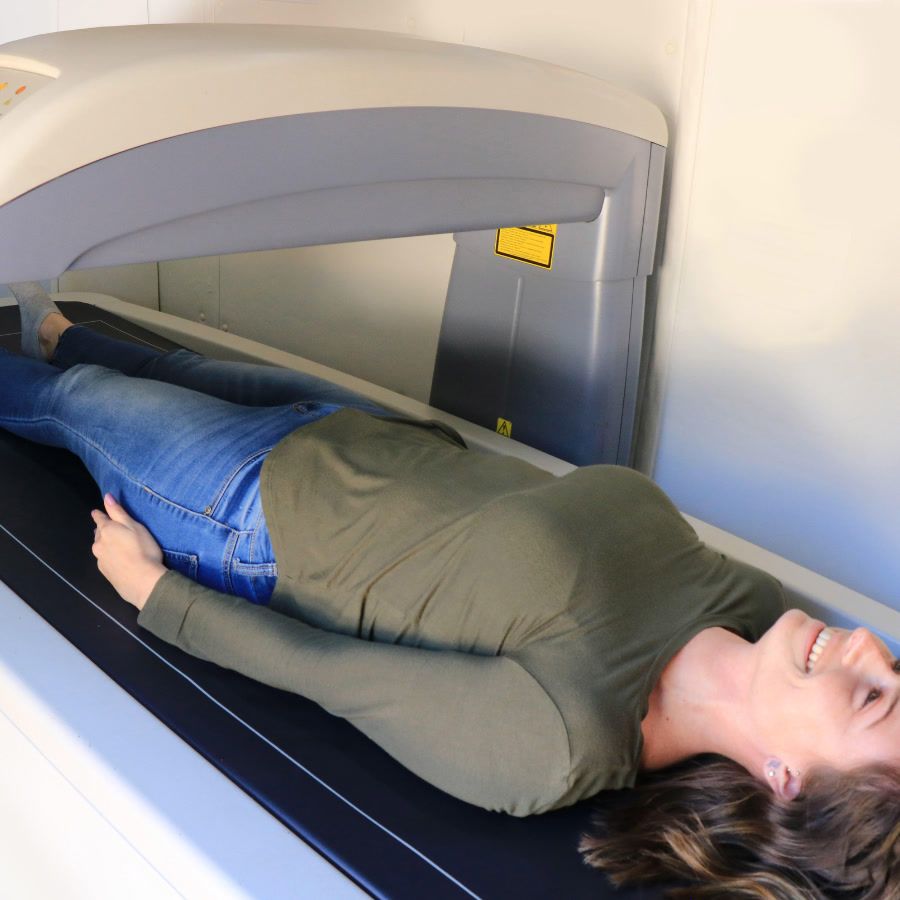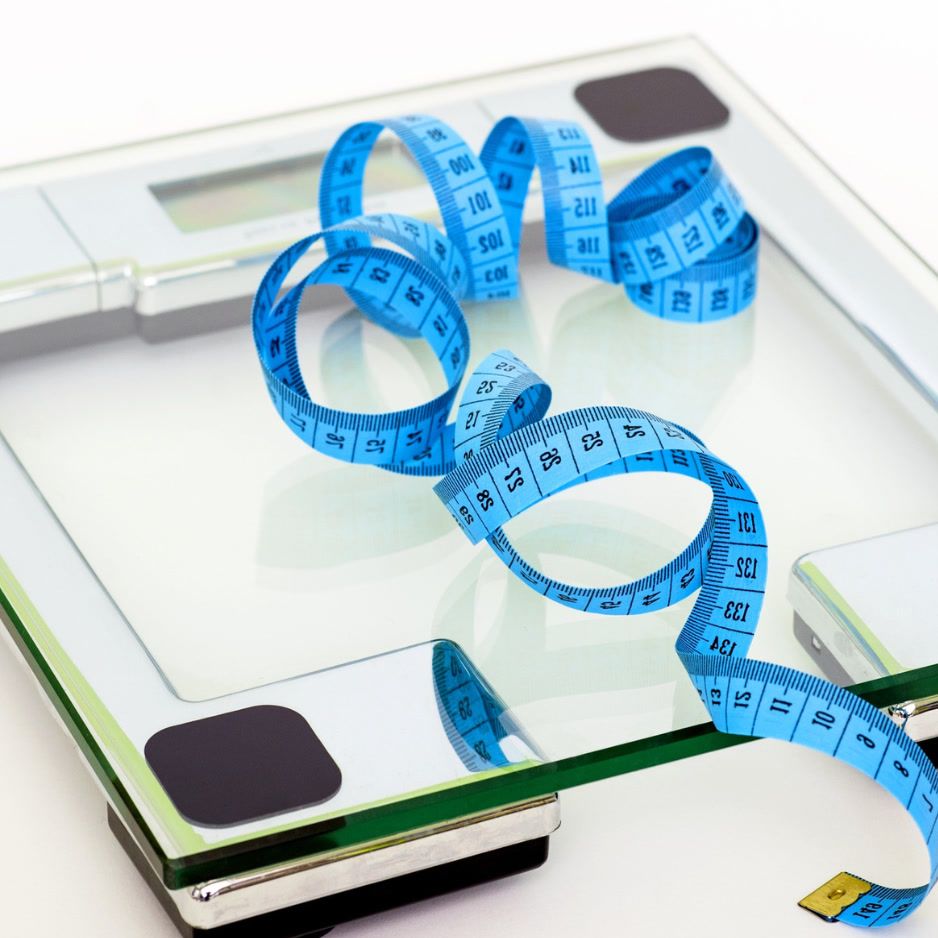Understanding Heart Rate Variability by Age
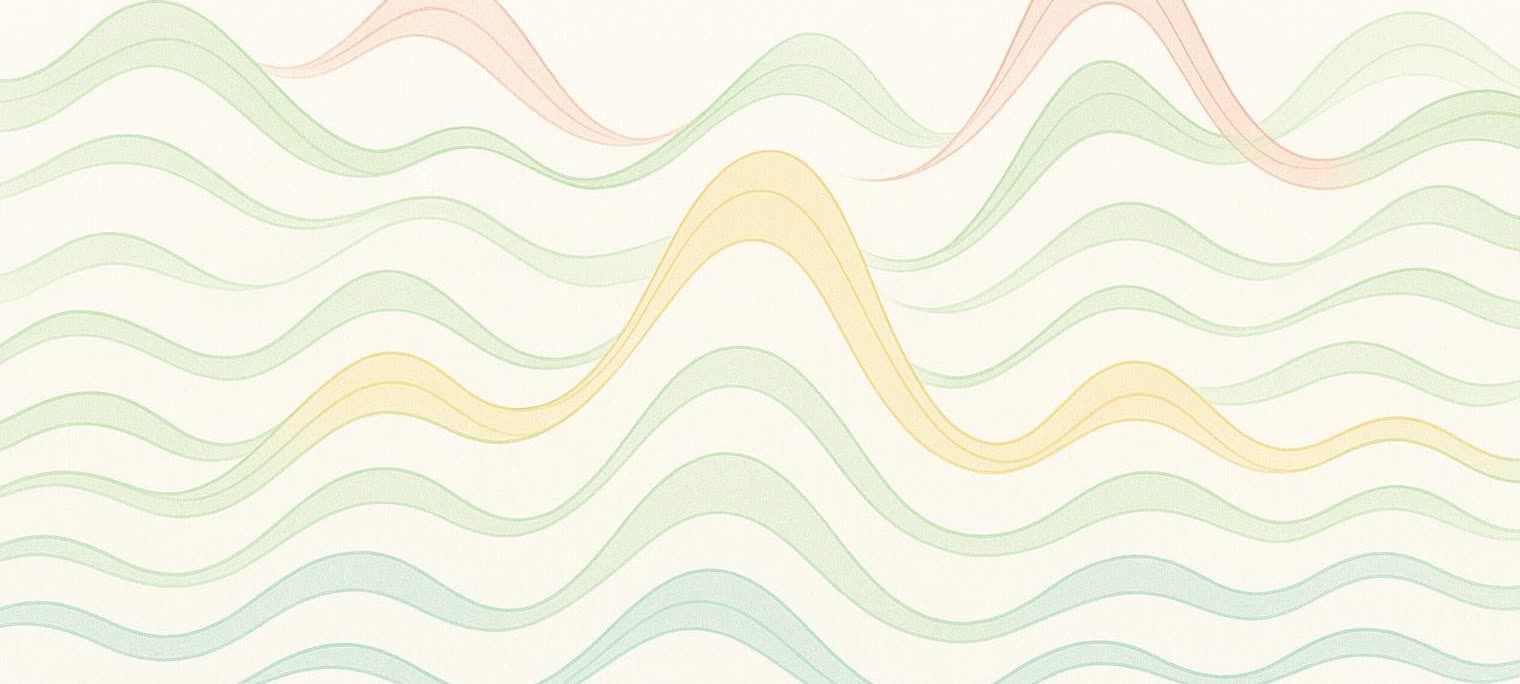
Understanding Heart Rate Variability Chart by Age
Heart rate variability (HRV) isn’t just a buzzy wearable metric—it’s a window into how well your body balances stress and recovery throughout the day. The higher and more adaptable your HRV, the more resilient your autonomic nervous system (ANS) tends to be. One of the top questions we hear from BodySpec clients is “What’s a good HRV for my age?”
Below you’ll find the most up-to-date normative HRV reference chart built from recent large-cohort research, including:
- A 2023 meta-analysis of 296,000+ participants (Welltory 2023)
- The Kubios 2024 normal-range update (~45,000 users)
We break the data down by age and sex, explain the core metrics (RMSSD & SDNN), and—most importantly—show how to apply the numbers whether you’re an athlete pushing training load, a health professional benchmarking clients, or a wellness seeker trying to tame daily stress.
Quick HRV Refresher
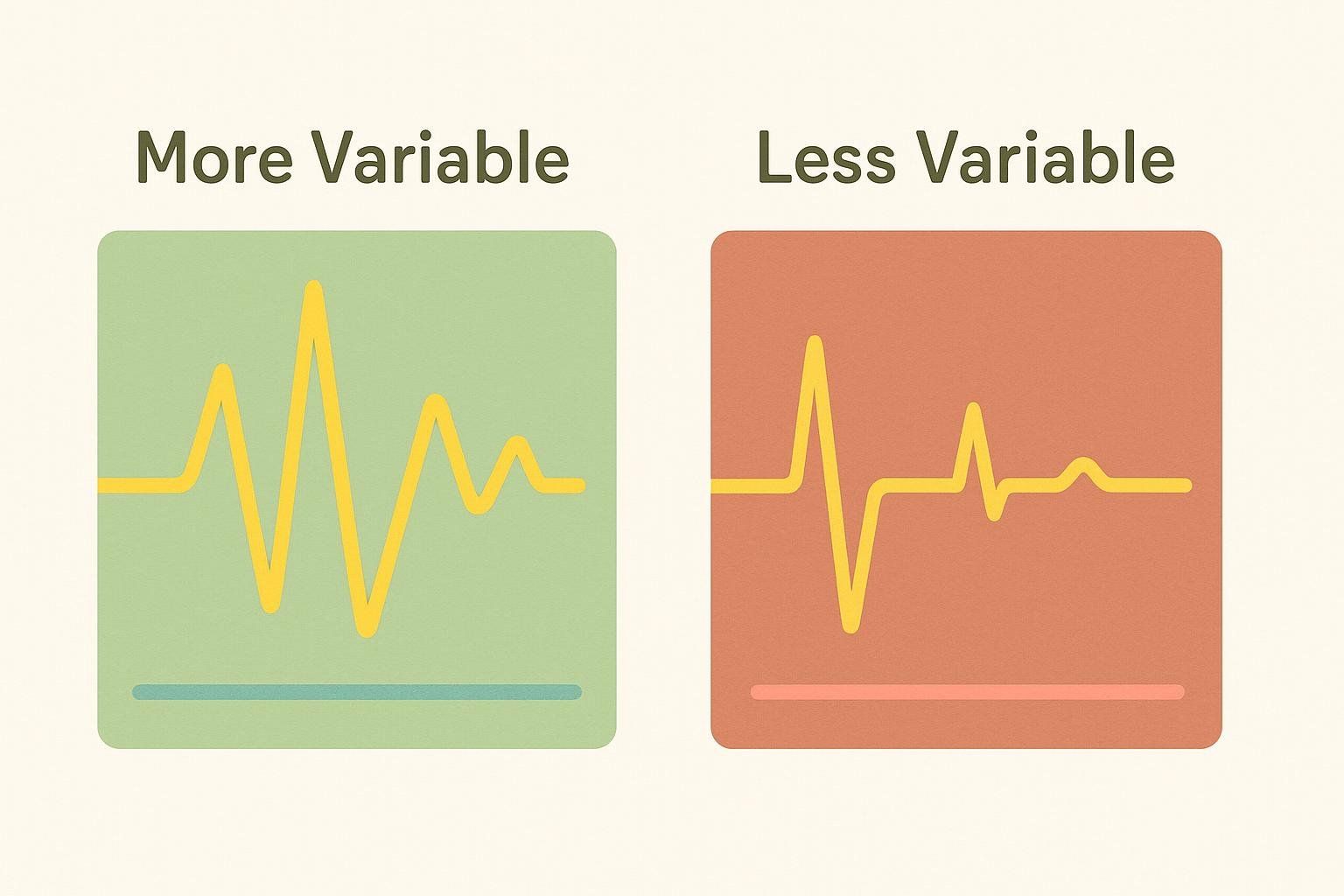
| Metric | What it Reflects | Typical Recording Length |
|---|---|---|
| RMSSD (Root Mean Square of Successive Differences) | Beat-to-beat vagal (parasympathetic) activity; favored by wearables for overnight readings | ≥ 1 min (wearable) or 5 min (ECG) |
| SDNN (Standard Deviation of NN intervals) | Overall autonomic balance (both sympathetic and parasympathetic) | ≥ 5 min (short-term) or 24 h (Holter) |
Why we focus on RMSSD: Short-term RMSSD correlates strongly with 24-hour SDNN (r ≈ 0.9) and is the default output on most consumer wearables (see the Task-Force guidelines, 1996).
Heart Rate Variability Chart: Norms by Age & Sex (RMSSD, ms)
Primary datasets powering this chart:
- Kubios 2024 — cloud-processed wearable & ECG uploads (≈ 45k users)
- Welltory 2023 — pooled meta-analysis of 296k individuals
- Classic ECG baseline for older adults: Umetani 1998 — fills > 65 yr gaps for clinical continuity
| Age (yrs) | Male 10th | Female 10th | Male 50th | Female 50th | Male 90th | Female 90th |
|---|---|---|---|---|---|---|
| 18–24 | 27 | 26 | 46 | 48 | 85 | 82 |
| 25–34 | 24 | 23 | 41 | 43 | 77 | 73 |
| 35–44 | 21 | 20 | 34 | 36 | 66 | 60 |
| 45–54 | 19 | 18 | 28 | 30 | 58 | 52 |
| 55–64 | 17 | 16 | 24 | 25 | 50 | 46 |
| 65–74 | 15 | 14 | 22 | 23 | 44 | 40 |
| 75+ | 13 | 12 | 20 | 20 | 39 | 36 |
How to read the chart
- Median (50th percentile) = the “average” person in that age-sex group.
- Regularly falling below your sex-specific 10th percentile may flag excessive stress, poor fitness, or health issues.
- Exceeding the 90th percentile often indicates robust parasympathetic activity—common in endurance-trained or genetically HRV-gifted individuals.
Why HRV Declines with Age
- Reduced vagal tone – Parasympathetic activity naturally tapers after the third decade (Umetani 1998).
- Stiffer arteries – Less-compliant vessels blunt baroreflex sensitivity, a key HRV driver.
- Hormonal shifts – Declining estrogen (post-menopause) and testosterone alter ANS balance.
- Lifestyle accumulation – Sedentary habits, weight gain, and chronic stress compound the decline.
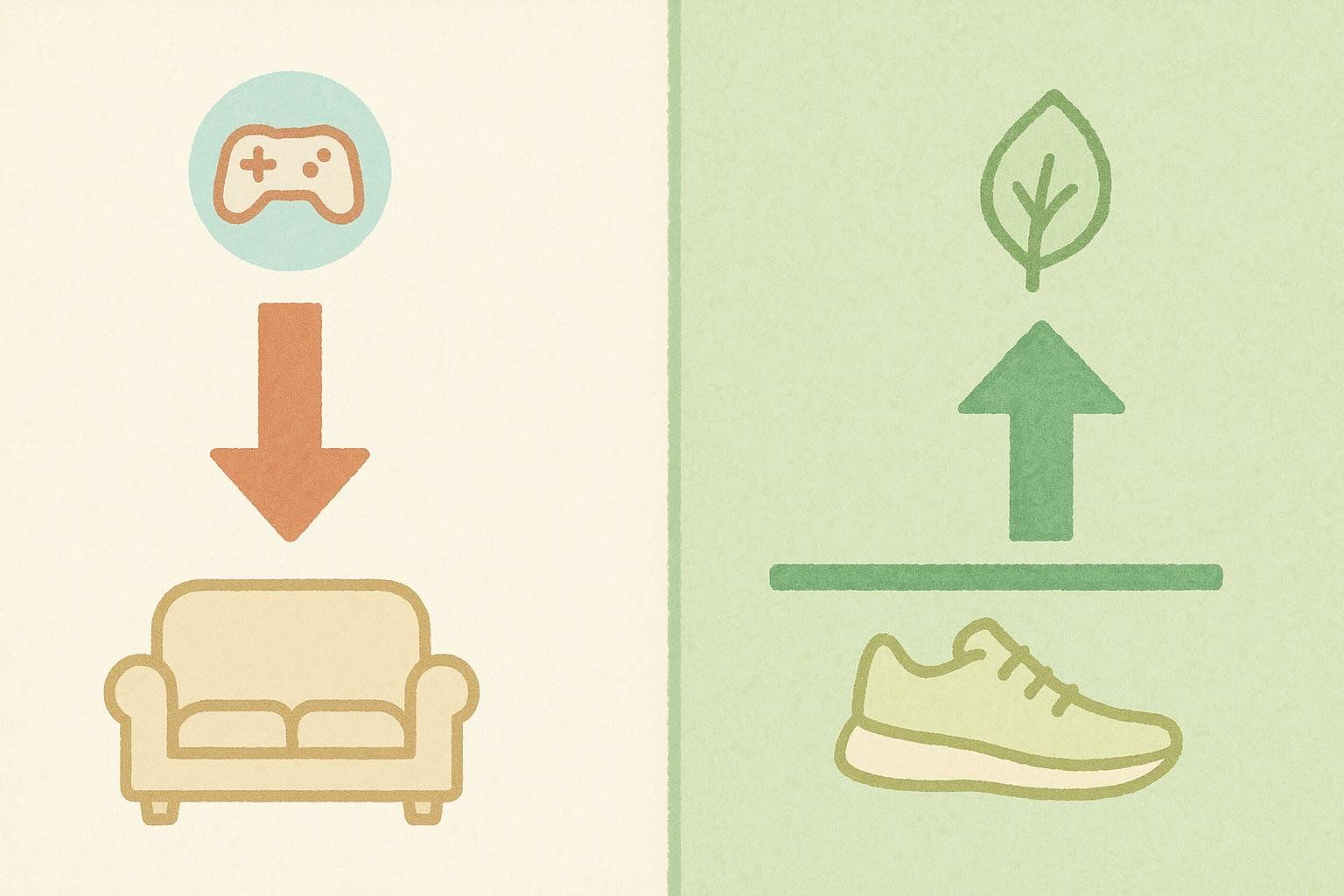
The good news? Rate of decline is modifiable. A 2024 narrative review reports that lifelong endurance athletes often maintain RMSSD values 20–30 % above age-matched peers (Damoun 2024).
Putting the Numbers to Work
1. Fitness Enthusiasts (20–35)

- Morning check-in: If overnight RMSSD is > 10 % below your 30-day rolling average, consider a lower-intensity day.
- Training blocks: Use weekly HRV trends with RPE to schedule deloads.
- DEXA bonus: Tracking body-fat trends with a BodySpec scan helps correlate composition changes with recovery status.
2. Health Professionals & Coaches
- Benchmark quickly: Use the chart above to see where clients fall relative to their age-sex percentiles.
- Multi-marker view: Pair HRV with body-fat percentage and VO₂ max for a 360° cardiovascular profile.
- Red-flag protocol: Persistent < 10th pct + elevated resting HR warrants further evaluation.
3. Wellness Seekers (40–60)
- Stress radar: Notice a multi-day dip? Prioritize sleep, outdoor walks, and 5-minute breathing drills.
- Lifestyle wins: Losing just 5 % body weight can raise RMSSD ~4 ms (Wang 2023).
- Motivational tip: Book a quarterly BodySpec scan to see visceral-fat reductions that often accompany HRV bumps.
Factors That Skew Readings
| Temporary Influencer | Typical Effect on RMSSD | Mitigation |
|---|---|---|
| Heavy alcohol (≥ 2 drinks) | ↓ 10–30 % for up to 48 h | Hydrate; skip hard training next day |
| Poor sleep (< 6 h) | ↓ 5–15 % | Set a 30-min wind-down alarm |
| Late-day HIIT | ↓ overnight HRV | Finish intense sessions ≥ 6 h before bed |
| Large meal just before reading | Variable | Measure HRV fasted or 3 h post-meal |
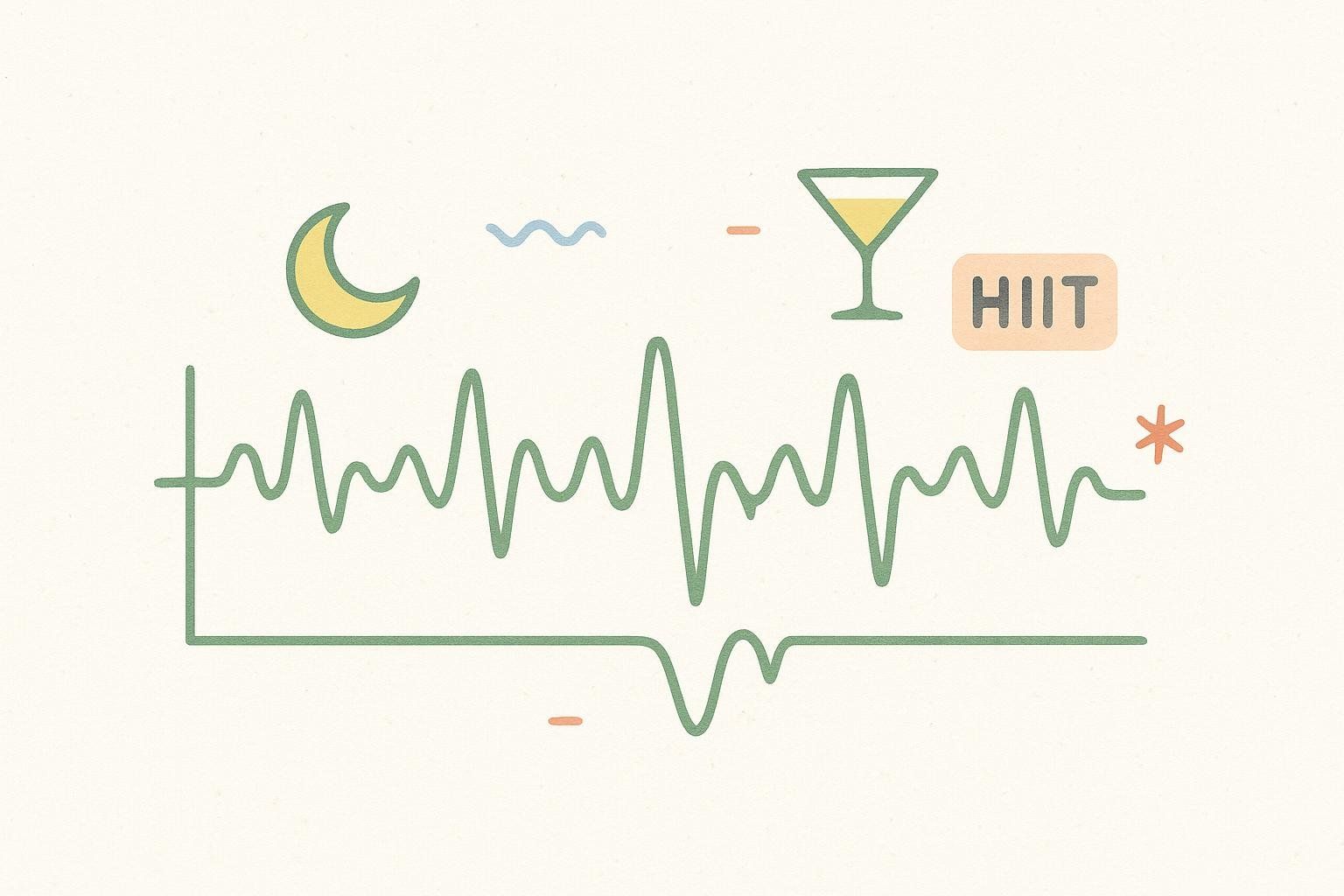
5 Evidence-Backed Ways to Improve HRV
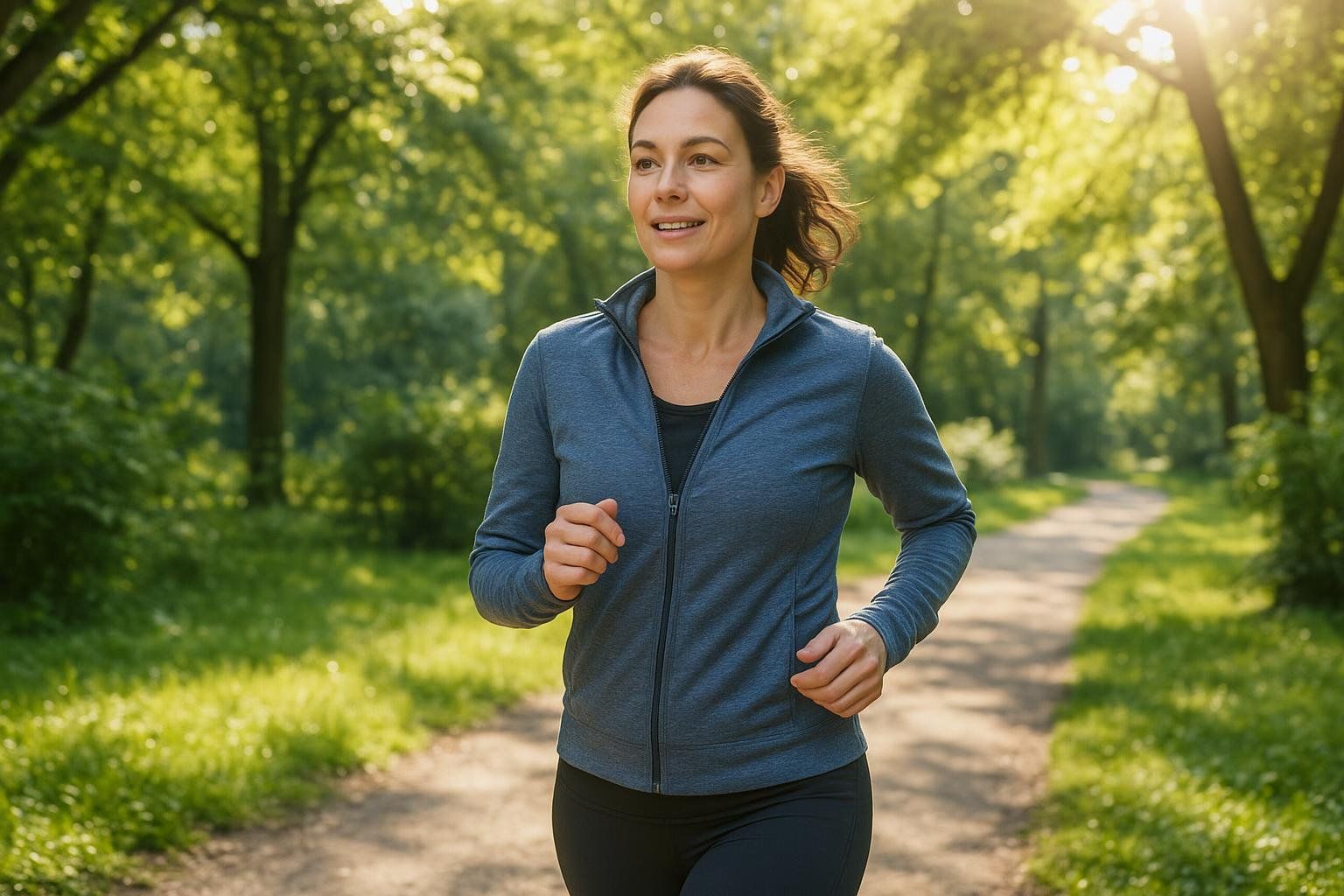
- Aerobic exercise – 150 min/week of zone-2 cardio can raise RMSSD ~ 8 ms in 12 weeks (Damoun 2024).
- Strength training – Lifts at 70–80 % 1RM, 2–3×/week, enhanced vagal tone in middle-aged adults (Lin 2022).
- Sleep hygiene – Every additional hour of quality sleep adds ≈ 3 ms to RMSSD (Nicolini 2024).
- Breathwork / HRV biofeedback – 5 min of 6-breaths-per-minute breathing can boost RMSSD ~ 15 % (Sammito 2024).
- Maintain healthy body composition – Lower visceral fat improves baroreflex sensitivity. Track yours with a quarterly BodySpec DEXA scan.
For deeper tactics, see How to Improve Heart Rate Variability: Tips and Strategies.
Frequently Asked Questions
What is a “good” HRV score?
“Good” is relative to age, sex, and personal baseline. A daily RMSSD within ± 10 % of your 30-day average and above your age-sex 50th percentile usually indicates solid recovery.
What is a good HRV for my age?
Use the normative table above. Aim for at least the 50th percentile in your age-sex row (e.g., ~46 ms for a 22-year-old male, ~34 ms for a 40-year-old male, ~24 ms for a 60-year-old female). Consistently exceeding the 90th percentile signals exceptional autonomic fitness.
What is a concerning heart rate variability?
Cardiology and sports-science literature flag HRV that is persistently below the 10th percentile for age/sex or shows a sustained ≥ 20 % drop from your personal 30-day average as cause for concern, especially when paired with elevated resting heart rate or fatigue (Hellard 2011).
Is 37 a low HRV?
It depends on context:
- For a 25-year-old male (median 41 ms), 37 ms is slightly below average but not alarming.
- For a 45-year-old female (median 30 ms), 37 ms is above average.
- Rule of thumb: compare the number to your age-sex percentile and personal baseline trend, not a universal cutoff.
What do cardiologists say about HRV?
Cardiologists view HRV as a non-invasive marker of autonomic balance and cardiovascular risk. Low long-term HRV (especially 24-hour SDNN < 50 ms) has been linked to higher all-cause mortality and post-heart-attack complications, leading professional bodies to recommend HRV as part of comprehensive risk assessment (AHA Scientific Statement, 2022). However, they emphasize evaluating HRV trends alongside clinical context rather than relying on single snapshots.
Why do my smartwatch numbers differ from chest-strap readings?
Wearables use photoplethysmography (PPG), which is sensitive to motion and algorithmic smoothing. Validation work shows PPG-derived RMSSD can average 6–11 % lower than ECG values (Stone 2021). Chest-strap ECG remains the gold standard when maximum accuracy is required.
Can HRV predict overtraining or illness?
Yes—prospective athlete monitoring shows a sustained ≥ 20 % drop in RMSSD can precede upper-respiratory illness or non-functional overreaching (Hellard 2011). Context matters; always combine HRV with subjective fatigue and other metrics.
Does caffeine lower HRV?
Acute caffeine (3–6 mg/kg) can slightly lower RMSSD (~ 3 ms) in caffeine-naïve users, but habituated drinkers show negligible change (Kim 2024).
Sources
- Task-Force Guidelines on HRV Measurement (1996)
- AHA Scientific Statement on Autonomic Function (2022)
- Kubios HRV Normal Range Update (2024)
- Welltory HRV Chart – Meta-Analysis (2023)
- Umetani K et al. HRV & Age (1998)
- Hellard P et al. HRV & Illness Risk in Swimmers (2011)
- Damoun N et al. HRV & Endurance Athletes (2024)
- Lin LLC et al. High-Intensity Resistance Training & HRV (2022)
- Wang Z et al. Visceral Fat Reduction Elevates HRV (2023)
- Nicolini P et al. Sleep Quantity & HRV – Meta-Analysis (2024)
- Sammito S et al. HRV Biofeedback Review (2024)
- Stone JD et al. Accuracy of Commercial Devices for HRV (2021)
- Kim HJ et al. Caffeine’s Acute Effect on HRV (2024)
Key Takeaways
- HRV naturally declines with age, yet lifestyle choices largely dictate how fast it falls.
- Use the updated chart to see where you stack up—and, more importantly, to track your personal trend over time.
- Combine HRV monitoring with periodic BodySpec scans to correlate nervous-system health with changes in visceral fat, lean mass, and bone density.
Ready to see how your body is adapting? Book a BodySpec DEXA scan today and pair the insights with your HRV data for a science-backed roadmap to better health.
